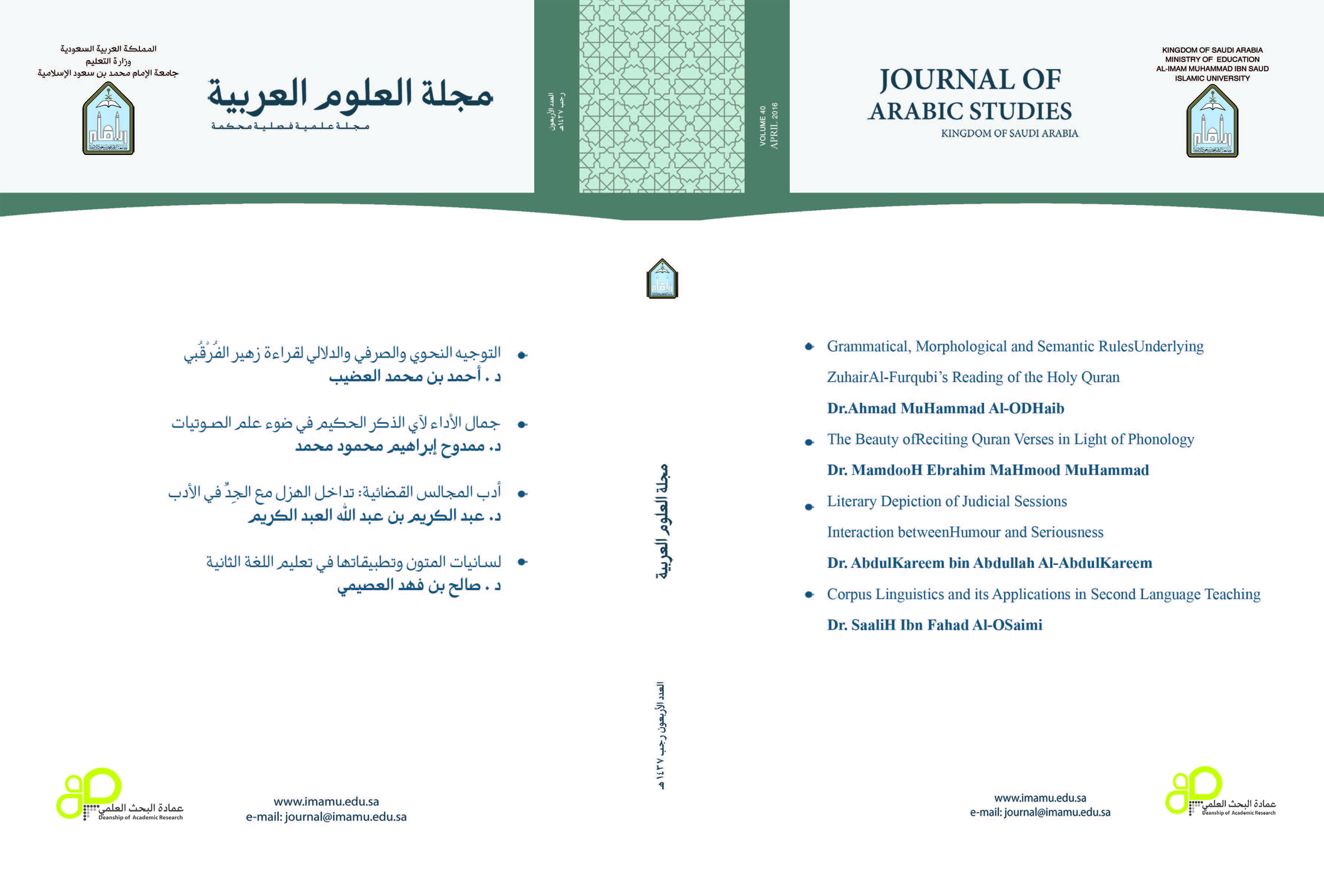Grammatical, Morphological and Semantic Rules Underlying Zuhair Al-Furqubi’s Reading of the Holy Quran
Abstract
This study aims to identify the reading rules of Zuhair’s reading of the Holy Quran. Zuhair, who died in I55 AH, was one of the prominent Kufian grammarians, known as Zuhair Al-Furqubi Al-Kisaa'i Al-Koufi. His ideas, inspired by Abu Al-Aswad Al-Dou'ali’s disciples, have in turn inspired many prominent Kufian grammarians, among whom was Abi Ja`far Al-Ru'aasi.
Investigating various books on the different readings of the Holy Quran, as well as on exegesis, language, and grammar, the researcher explored some readings that are attributed to Zuhair. Those readings were collected and arranged in accordance with the arrangement of the sūras (verses) of the Holy Quran. The researcher then classified each of those readings, identified the scholars who attributed them to Zuhair, tracked scholars' identifications of the rules of his reading and highlighted their points of disagreement. In the process, the researcher also compared Zuhair’s reading with those of different Islamic scholars with respect to semantic meaning, grammar and morphology.
The researcher introduces hisstudy by explaining the purpose behind identifying the rules underlyingthe readings of the Holy Quran, as well as that of Zuhair’s reading. Then, the study defines the term “exceptionalreading”, the value of passing judgement on using it as argumentation, and finally passing judgement on using this kind of reading as a valid reading of the holy Quran. The researcher then divides his study into two parts. The first part focuses on grammatical, morphological and semantic aspects of the rules of Zuhair’s reading, discussed each in a separate section. The second part examines the most prominent grammatical and morphological features of Zuhair’s reading. The study concludes with a summary of results. Finally, a list of references is provided.




